
Stormwater Pond Design and Maintenance
Stormwater ponds are designed to hold water, capture sediment and pollutants, and then release the water slowly to mimic run-off from the site before development. Stormwater management rules and regulations were formalized in 1991, stemming from the Federal Clean Water Act. Staying up to date and informed about the design elements in your stormwater pond is key to understanding and developing a successful pond management and maintenance program, and is critical to keeping your stormwater area functioning properly and reducing long-term capital expenditures.
Most stormwater ponds have similar design elements and basic parts:
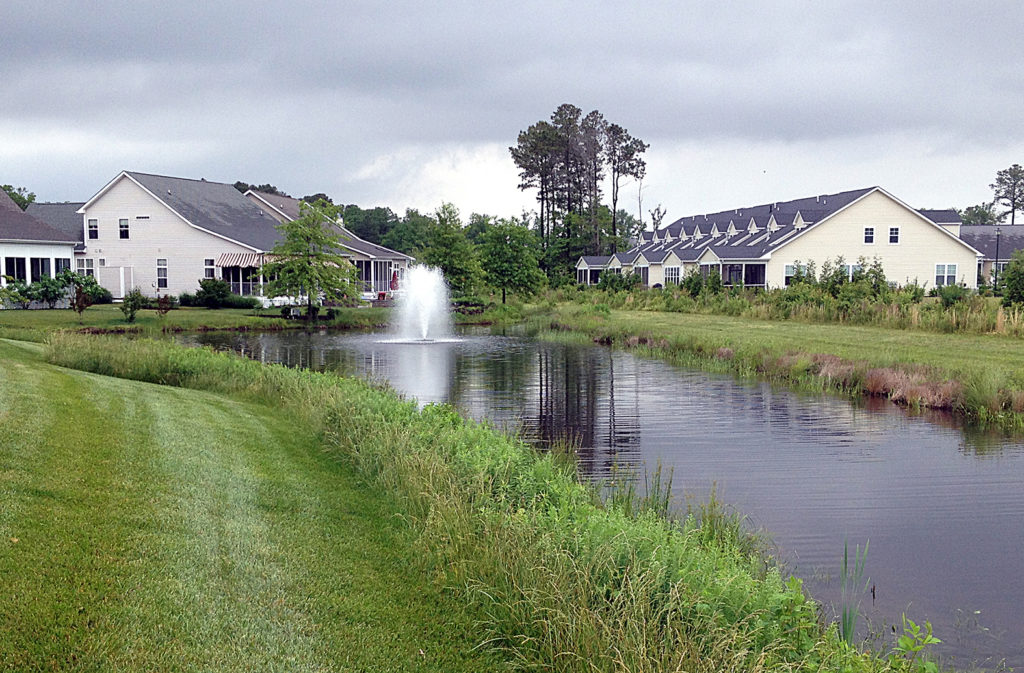
Pond Embankment
Typically, stormwater ponds have an embankment surrounding them Part of the embankment or all acts as a dam to keep the water in the pond. The embankment is usually sloped and should be stabilized with herbaceous vegetation. Large trees, animal burrowing, and exposed soils can lead to erosion and failure of the embankment. A vegetative buffer can also be allowed to grow on the embankment. Buffers can help reduce sediment and nutrient loading in the pond, while providing greater stabilization for the embankment. Buffers should be composed of herbaceous vegetation and be kept free of invasive species and trees.
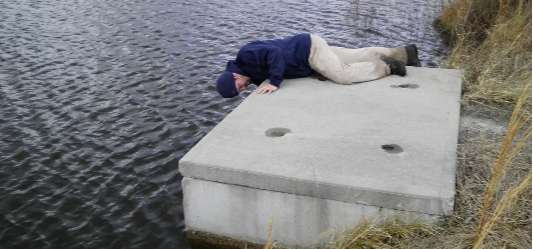
Outlet Structure
These structures are designed to hold and release the water from the stormwater pond at different rates based on the amount of rainfall or run-off. They are mostly concrete structures now, but older pond may also have galvanized steel structures. Outlet structures also have trash-racks on the low-flow (bottom orifice) and overflow (top of the structure). Trash racks need be secured and kept in place. Outlets and the associated trash-racks should be kept free of trash, debris and vegetation. They also need to be checked for any structural weaknesses or leaks that could jeopardize the function of the system.
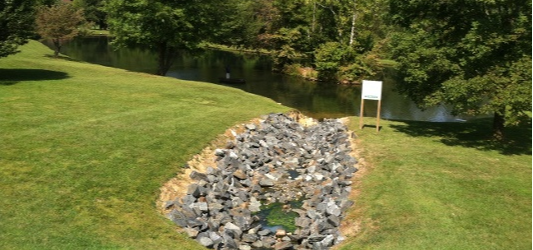
Inlets
An inlet is an area, often a pipe that conveys run-off from surrounding paved (impervious) areas of the property to the stormwater pond. The pipes are concrete, high strength plastics, or galvanized steel. Where inlets enter the pond there are often rip-rap (stone) dissipaters or aprons designed to reduce run-off velocity to prevent erosion and catch sediment and debris before it enters the pond. The inlet should be periodically checked for sediment build-up in or around the pipe. The rip-rap dissipater should also be kept free of vegetation and checked for erosion or sediment build-up. Sediment, vegetation, or erosion at inlet areas can cause drainage issues and reduce the life-span of the pond.
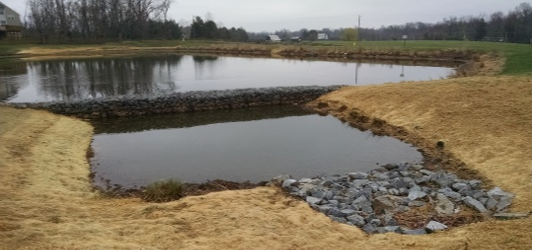
Forebay
Forebays are located at inlets. They are small areas segregated from the rest of the pond by rip-rap, stone gabions or earth embankments. The purpose of a forebay is to collect sediment before it enters the rest of the pond, making maintenance and sediment removal easier. They need to be check for sediment build-up to function properly. They should also be kept clear of trees and invasive vegetation.
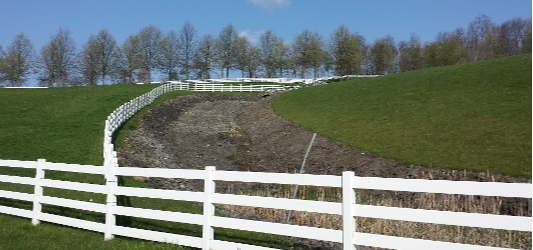
Emergency Spillway
The emergency spillway is a cut-out in at the top of the embankment where water can leave the pond during an extreme storm or rain event. These areas can be stabilized with concrete, rip-rap or herbaceous vegetation. The emergency spillway should be kept clear of trees, sediment, and debris. They need to be checked for any erosion or structural failures.
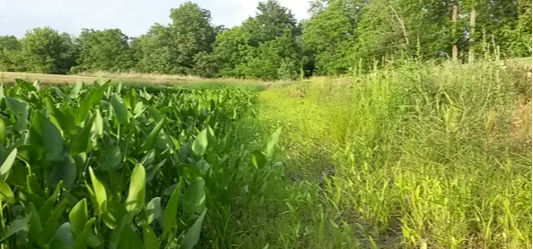
Safety Bench
Depending on the age and jurisdiction of your stormwater pond, it may have safety benches. There are normally two benches, one is one foot above and one is one foot below the permanent pool of the pond. They are designed to prevent someone from falling into deep water if they fall near the edge of the pond. These areas should be kept free of trees and invasive vegetation and stabilized with grass and/or beneficial wetland plants.
It is important to note that design elements may differ in some ponds and stormwater BMPs, but by recognizing these basic pond parts, you can work with a stormwater management professional to develop a maintenance and management plan that keeps your stormwater area functioning properly and reduces long-term capital expenditures.









